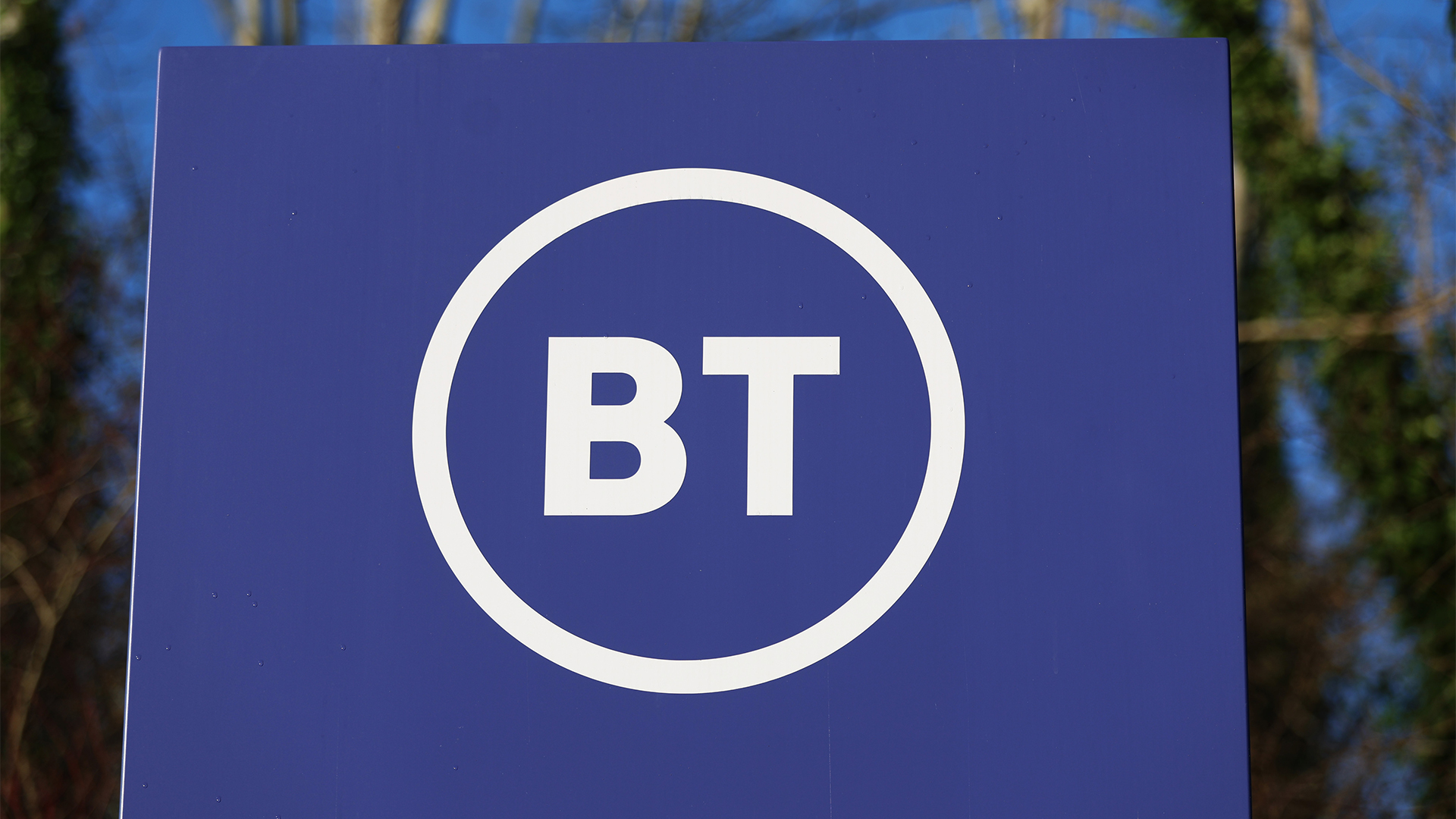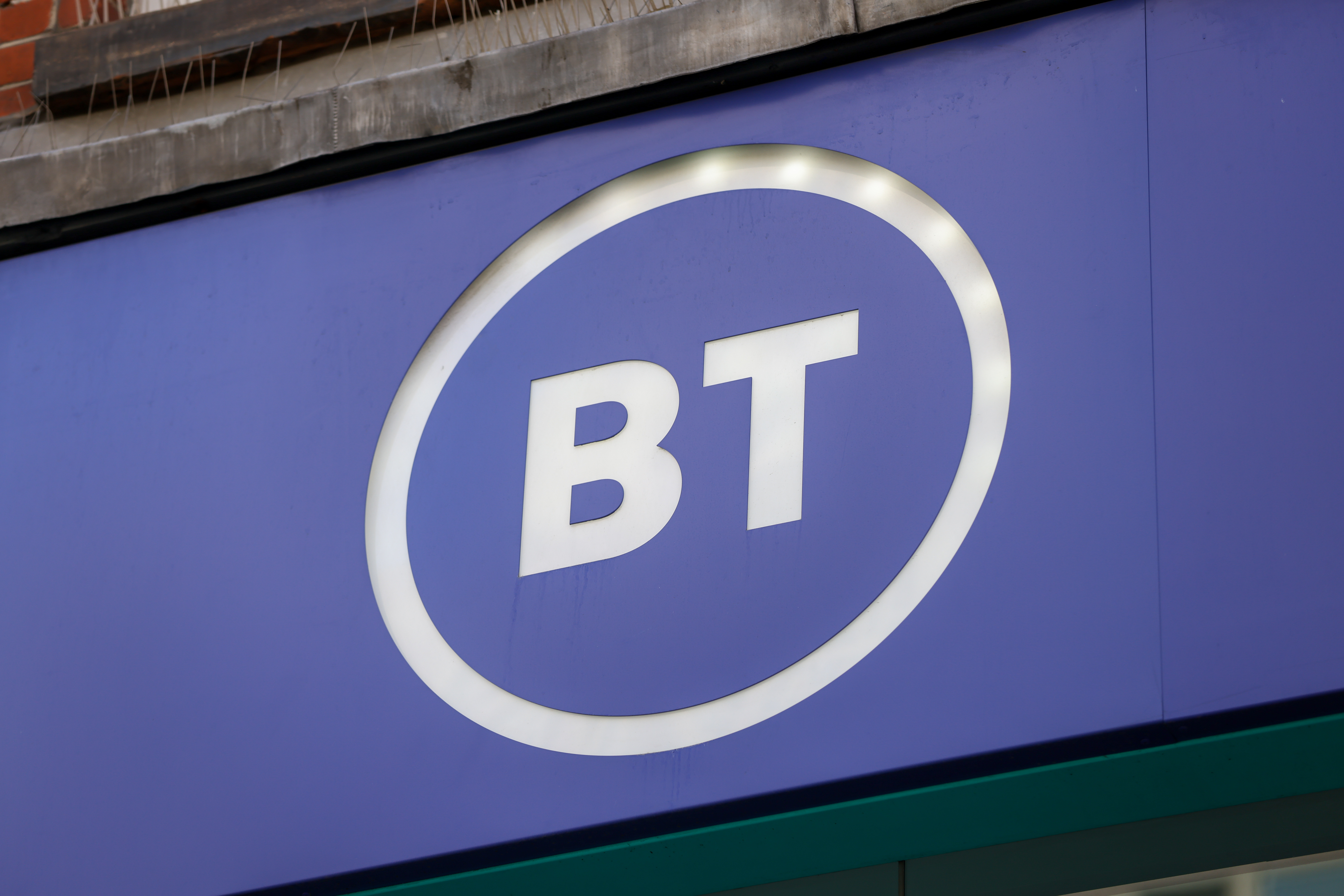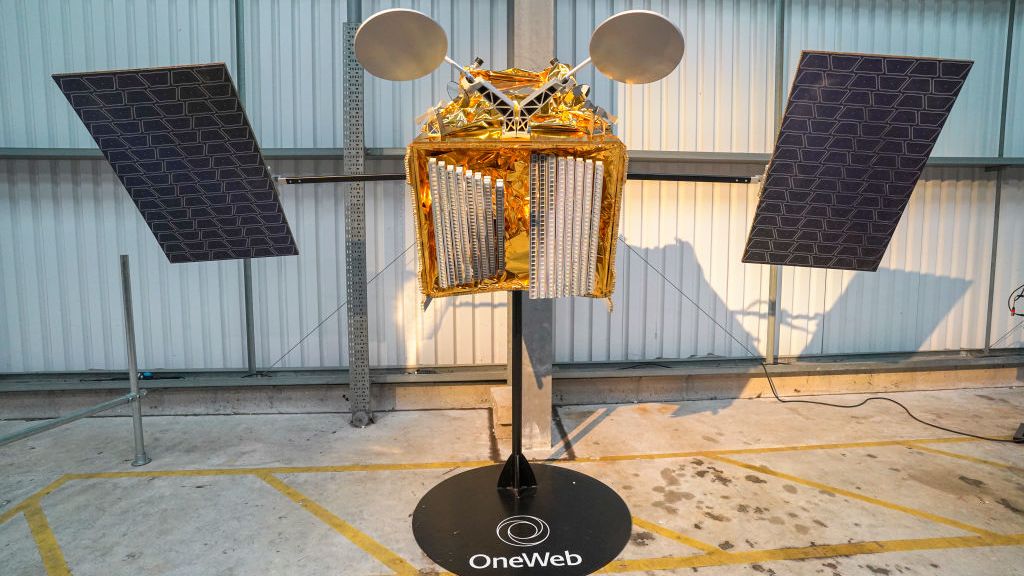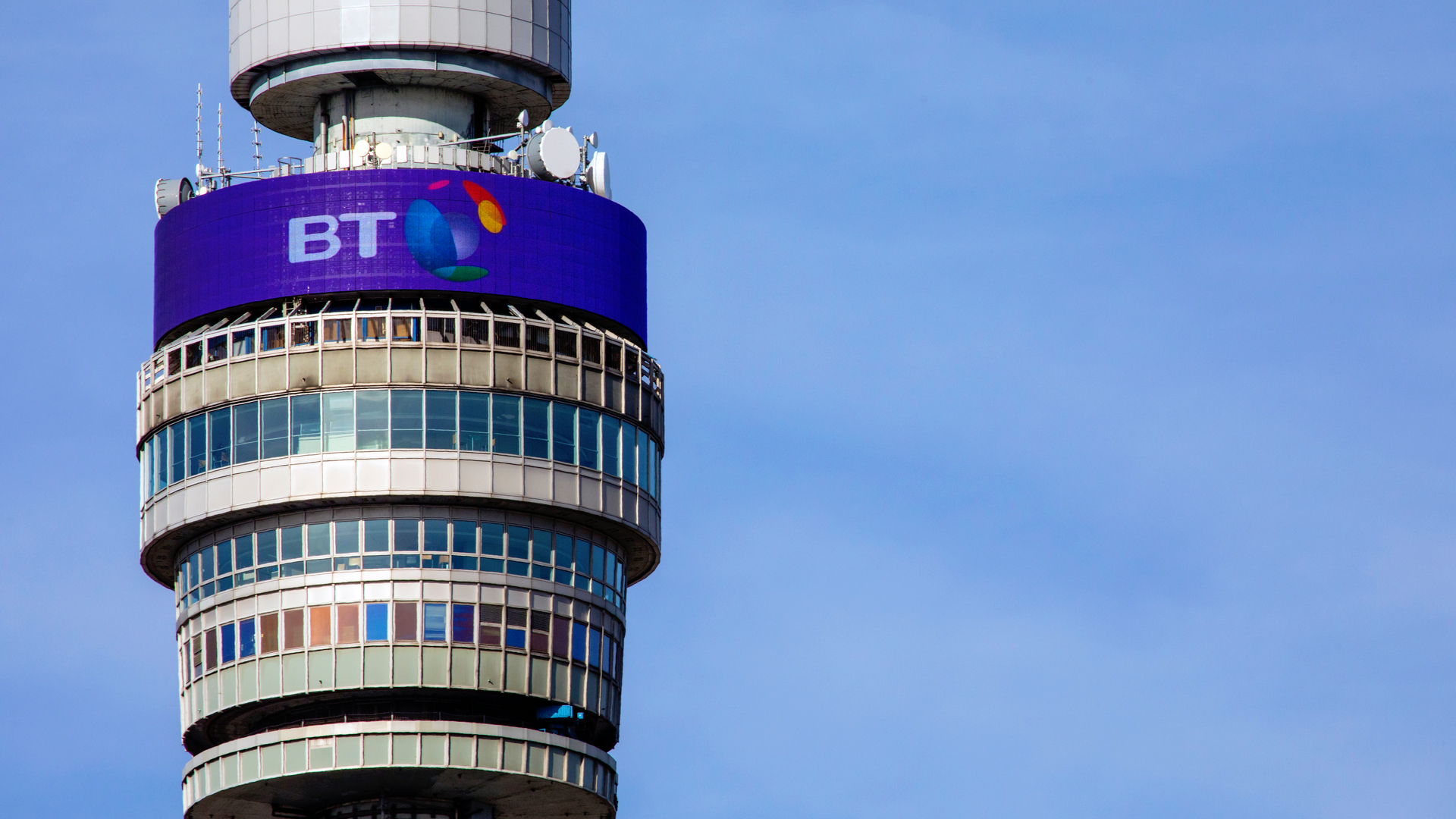DIY broadband fibre for Humber lifeguards
Their area was not ‘commercially viable’, so lifeguards in Northern England went for the DIY approach.

A lifeguard crew were literally forced to dig their own fibre-optic cables, after BT decided that it was too remote a location to lay down next-generation broadband.
The Royal National Lifeboat Association (RNLI) in Humber, a tidal estuary on the east coast of Northern England, completed the groundwork for a 100Mbps fibre-optic broadband link after BT said it was not commercially viable enough to provide a service.
The lifeguard crew dug their own fibre as they control the land due to living and working there. It followed European models where capital costs were reduced if people laid their own fibre-optic cabling.
Next-generation broadband company Fibrestream decided to help the lifeguards in the area to get broadband connectivity due to a long-standing relationship with RNLI Humber superintendent coxswain Dave Steenvoorden.
"We use a fibre technology called fibre wireless. We use fibre islands and distribute high-bandwidth microwave technology," said Fibrestream operations director Simon Davison.
"We're not constricted by the same realms and technologies that the main providers are. We can pick and choose the technology, as well as the delivery method we wish to use."
The RNLI needed the high capacity bandwidth capacity for instant reports'. When an incident is reported offshore it needs enough information to get to the crew members, who could be risking their lives.
Get the ITPro daily newsletter
Sign up today and you will receive a free copy of our Future Focus 2025 report - the leading guidance on AI, cybersecurity and other IT challenges as per 700+ senior executives
-
 Should AI PCs be part of your next hardware refresh?
Should AI PCs be part of your next hardware refresh?AI PCs are fast becoming a business staple and a surefire way to future-proof your business
By Bobby Hellard Published
-
 Westcon-Comstor and Vectra AI launch brace of new channel initiatives
Westcon-Comstor and Vectra AI launch brace of new channel initiativesNews Westcon-Comstor and Vectra AI have announced the launch of two new channel growth initiatives focused on the managed security service provider (MSSP) space and AWS Marketplace.
By Daniel Todd Published
-
 Equinix acquires BT's Irish data centers in €59 million deal
Equinix acquires BT's Irish data centers in €59 million dealNews As BT moves to an asset-light business model, Equinix looks to expand
By Emma Woollacott Published
-
 BT just extended the PSTN switch-off deadline — here’s what you need to know
BT just extended the PSTN switch-off deadline — here’s what you need to knowNews BT described the move as a “revision”, citing a series of improvements to the wider PSTN switch-off programme
By George Fitzmaurice Published
-
 BT misses key Huawei kit removal deadline, but the telco is “almost over the line”
BT misses key Huawei kit removal deadline, but the telco is “almost over the line”News BT is still reliant on non-compliant Huawei equipment for 2G and 3G services
By Ross Kelly Published
-
 BT partners with HPE to deliver new global managed LAN service
BT partners with HPE to deliver new global managed LAN serviceNews The latest collaboration combines BT’s connectivity expertise with HPE Aruba Networking’s latest LAN solutions
By Daniel Todd Published
-
 Making the switch
Making the switchWhitepaper Realise the benefits of IP technology ahead of the digital ‘switch-on’
By ITPro Last updated
-
 BT and OneWeb succeed in "game changer" satellite connection trial
BT and OneWeb succeed in "game changer" satellite connection trialNews Smaller businesses in rural areas could benefit from improvements to backhaul services using satellites, with speeds increasing by an order of magnitude
By Rory Bathgate Published
-
 BT, Nokia crack four carrier aggregation on a 5G network in first for Europe
BT, Nokia crack four carrier aggregation on a 5G network in first for EuropeNews The breakthrough marks the first successful use of such technology on a live network, and could lead to dramatic network improvements
By Rory Bathgate Published
-

 BT Mini Whole Home Wi-Fi review: Value-conscious range extension
BT Mini Whole Home Wi-Fi review: Value-conscious range extensionReviews You shouldn’t expect top performance, but this dinky mesh system eradicates notspots for a great price
By Darien Graham-Smith Published